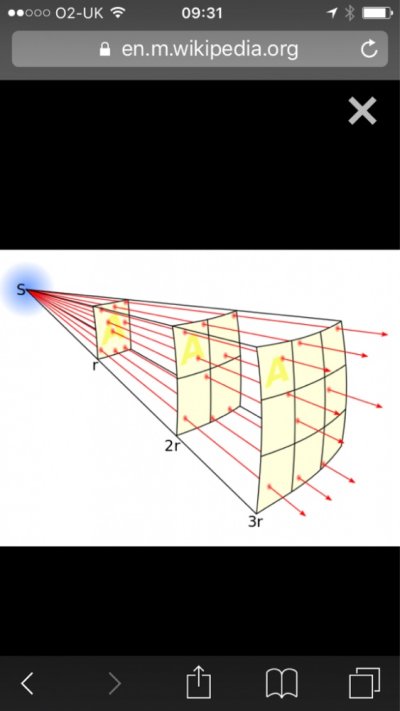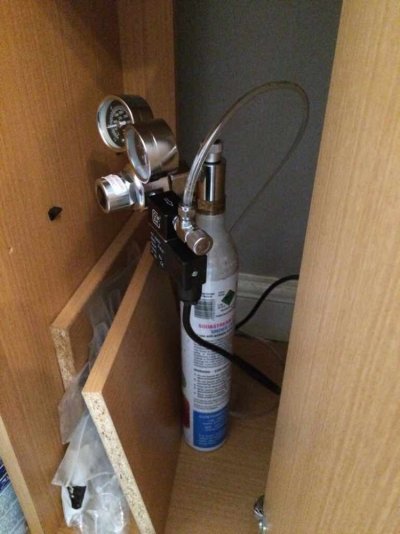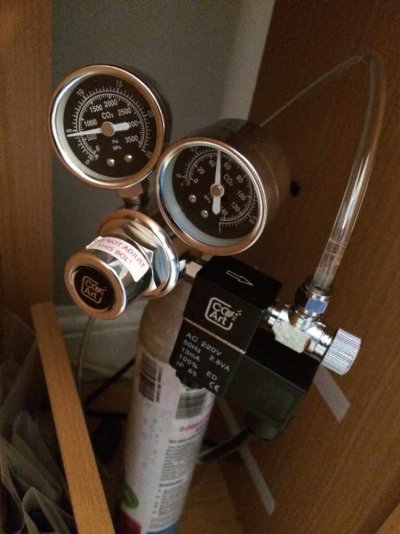No problem. Just to clarify, when I said inconsistent I mean I stopped using it altogether for a while. You don't want to keep switching it on and of every few days as this will lead to plant problems. You leave the co2 running while the lights are on so you will need a timer for the lights and a timer for the co2 Solenoid that both come on at the same time. Some people have co2 come on an hour before the lights to ensure there is a good amount of co2 when light comes on and photosynthesis begins.
For example. I have my lights and co2 come on at 12pm. And go off at 8pm. This means that co2 is off at night so it doesn't build up because the plants are not removing it at night.
Light depends on your tank dimensions, mainly depth but also width and your water turbidity/dissolved organics.
In short, we measure light intensity as PAR (photosynthetically active radiation) this is the light that is in the suitable wavelength to allow plants to photosynthesise. It's basically visible light. You don't need to worry about wavelengths because your tubes will have adequate wavelength output.
But we need to think about intensity. Have a look at this diagram.
View attachment 286067
The S is your source your t5 bulb. You can see that the closest square to the light has the smallest area and so the photons emitted from the source are closer together. If you had plants in this square they would be receiving more photons. But look at the last square. Now we have moved further away from the light or deeper down into the aquarium for our purpose, the photons have spread out. Therefore if we had plants planted in the last square they will not be receiving the same amount of photons. A light that is high light puts out more red lines and covers more area over a greater depth.
The more photons hitting the plant leaves the faster the rate of photosynthesis and so the plant has to take up more carbon and more nutrients to match the rate of photosynthesis which means that if you have high PAR and don't supply carbon and nutrients the plants will die. However if you have low PAR the plants don't need as much carbon or nutrients and so some people get away without using any additional carbon at all. I have chosen to supply it even though it's not needed in large quantities. Therefore I have it entering the tank at a low setting or 'bubble rate' so in my current system, the only limiting factor is light. As long as there is enough of it for the plants to grow they will just grow more slowly but still healthy.
You can't measure PAR without a special PAR meter. T5 bulbs come as high output or normal output. High output drastically increased PAR. You need to know which ones you have and your tank depth before we can even begin to estimate your current PAR.
Hope this makes sense.
Sent from my iPhone using Aquarium Advice




